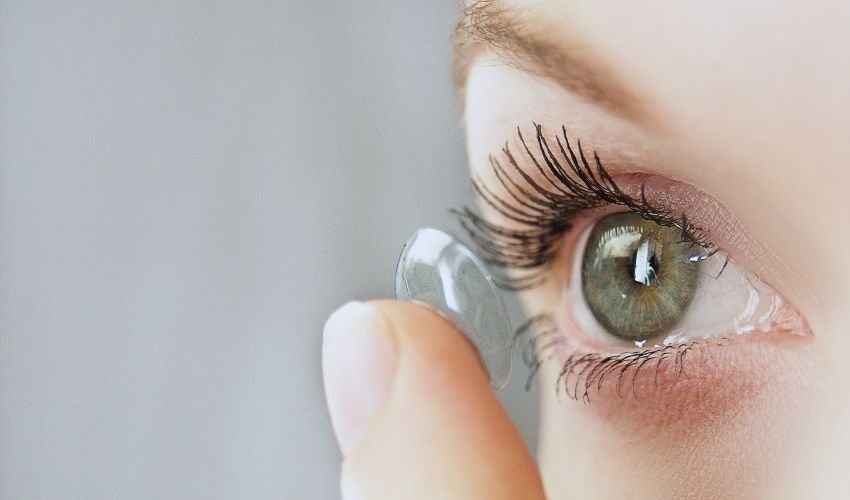Contact lenses have come a long way since their inception, evolving from rudimentary prototypes to advanced medical devices and fashion statements.
These tiny, curved pieces of plastic have revolutionized the way people with vision problems correct their eyesight.
In this article, we'll explore the fascinating journey of contact lenses, from their humble beginnings to the high-tech innovations of the present day.
The early days: A visionary concept
The concept of placing a lens directly on the eye to improve vision dates back hundreds of years. However, it wasn't until the late 19th century that the first tangible steps towards the development of contact lenses were taken.
In 1887, German glassblower F.A. Muller created the first glass contact lens, which was cumbersome and uncomfortable compared to modern standards.
Birth of modern contact lenses
The true evolution of contact lenses began in the early 20th century, thanks to the pioneering work of several individuals. In 1936, American optometrist William Feinbloom developed the first contact lenses made of plastic. These lenses were more comfortable and lightweight compared to their glass predecessors, making them a more practical option for vision correction.
However, it wasn't until the 1950s that the first truly wearable contact lenses emerged.
Czech chemists Otto Wichterle and Drahoslav Lím introduced soft contact lenses made from a hydrogel material called hydroxyethyl methacrylate (HEMA).
These lenses were pliable and allowed for more extended wear, marking a significant breakthrough in the history of contact lenses.
The 1960s: The era of mass production
The 1960s witnessed a surge in the popularity of contact lenses, primarily thanks to the introduction of mass production techniques.
Bausch & Lomb, a prominent eye care company, launched the first commercially available soft contact lenses under the brand name "Soflens." These lenses were more accessible to the general public and began to replace hard, rigid lenses as the preferred choice for vision correction.
Gas permeable and toric lenses
As the 20th century progressed, contact lens technology continued to advance. Gas permeable lenses, also known as rigid gas permeable (RGP) lenses, were introduced in the 1970s. These lenses allowed for better oxygen flow to the cornea and offered superior optical quality, making them an attractive option for many wearers.
In the 1980s, toric contact lenses were developed, designed to correct astigmatism. This breakthrough expanded the range of vision problems that contact lenses could effectively address, further cementing their status as a versatile vision correction tool.
Silicone hydrogel lenses and beyond
The turn of the millennium brought about the development of silicone hydrogel contact lenses. These lenses offered enhanced comfort and greater oxygen permeability, reducing the risk of complications such as corneal hypoxia.
They allowed for extended and even overnight wear, giving users unprecedented convenience.
In recent years, contact lens technology has continued to evolve. Custom-made lenses, designed to fit each wearer's unique eye shape and vision requirements, have become more accessible. Multifocal contact lenses, designed to address presbyopia, have also gained popularity among aging populations.
The future of contact lenses
Looking ahead, contact lenses are poised for even more exciting innovations. Researchers are exploring the integration of technology into contact lenses, potentially incorporating augmented reality displays, biosensors, and drug delivery systems.
These advancements could transform contact lenses into sophisticated medical and wearable tech devices, catering to a broader range of needs beyond vision correction.
From the first glass prototypes to the high-tech silicone hydrogel lenses of today, contact lenses have come a long way, offering more comfort, convenience, and versatility to millions of users worldwide.
As technology continues to advance, we can only imagine the exciting developments that lie ahead in the world of contact lenses.



























